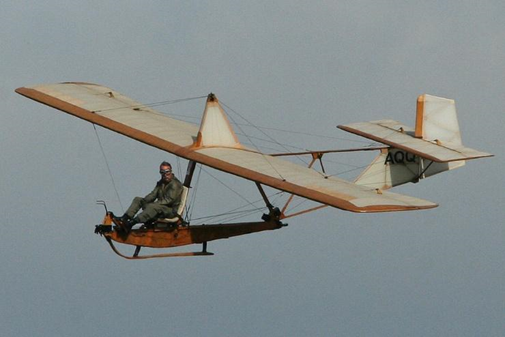To Soar like Eagles

To Soar Like Eagles
AUTHOR/EDITOR: Captain Michael Treskin
MARCH 15, 2023
How many times in a day do we stop and watch birds glide through the sky? I remember how captivated I was as a child seeing all those seagulls hovering above effortlessly without beating their wings as they searched for their next meal.

Leonardo Da Vinci, in 1505, wrote a study titled Codex on the Flight of Birds (c. 1505). It contained many drawings of birds in different altitudes of flight. He must have spent hours upon hours observing the flights of many bird species. For those who love to see airplanes, there is a good chance that they also enjoy watching all types of birds flying in their element. I know I do.

Otto Lilienthal achieved the first successful flight without any power assistance in 1895. His glider was slightly different from modern-day designs, but it flew. It didn’t fly very far, but it was the first man-made flight from start to finish. Unfortunately, in one of those test flights, he lost control and lost his life. Today, he is revered as the ‘Father of Aviation.’

As powered flight evolved, the glider became increasingly popular and more aerodynamically better with time. Initially, it was just a two-by-four fuselage with a seat and wings. It was hand launched by having a team of men running and pulling the rope attached to the aircraft or just projected from a hill. Eventually, once the gas engine was invented, it was attached to a winch, which was effective at getting the glider high enough to catch the warm air rising. This type of lift is known as thermals.

The Germans became very good at building gliders because they weren’t allowed to have an Air Force with motorized aircraft after the first World War. So they were only allowed to have gliders.
Eventually, the world of gliding became a less expensive way to enjoy the wild blue yonder than the powered aircraft. Nowadays, there are gliding clubs in every country, and it has become a very popular sport. Gliders are also called sailplanes and are the greenest flying machine available. They come in many different shapes, sizes and materials. Some are made of wood covered with canvas, while others are purebreds capable of staying aloft for hours riding air currents and hot thermals.

I remember how I started my aviation career by flying gliders at a very young age with my father. During those incredible years, I experienced different types of gliders, with some being very old and made of wood that had a glide ratio of 20:1. This meant that it could glide for 20 miles for every mile it was high (altitude). The higher-performance sailplanes can have ratios of 75:1. An incredible travelling distance with no fossil fuels!
Those which fly above 10,000 feet are equipped with oxygen and have very sophisticated instruments able to detect any updraft or thermals. Some newer versions have small engines (electric or gas) that permit them to take off without the assistance of a tow aircraft or a towing winch. Once the correct altitude is reached, the engine is stored in the fuselage, and the glider becomes pure again.

Gliders have come a long way. In fact, the current gliding world record for the furthest distance is over 3000 km, and the highest altitude was recorded at 76,000 feet or 23 km above the earth.
I recommend anyone to visit their local gliding club and go for a ride or just take a chair and look up and watch those beautiful machines soaring effortlessly in the wild blue yonder. You might be lucky and see eagles catching the same airwaves as the rest of the man-made gliders.
Be safe everyone, and happy landings!
MT
